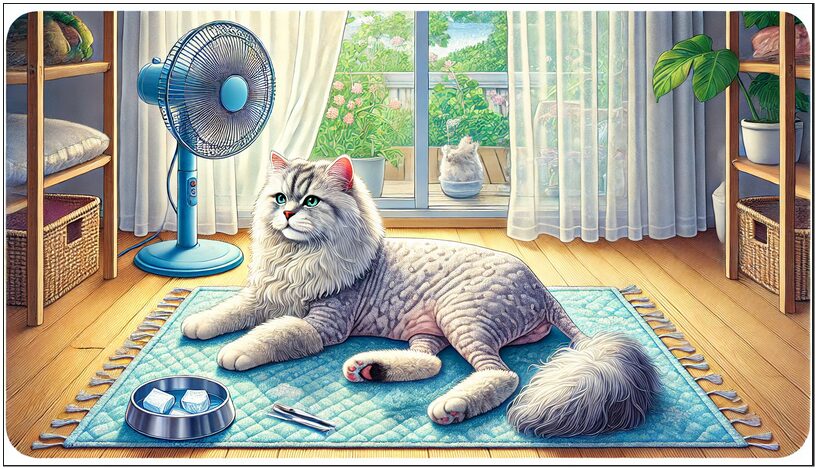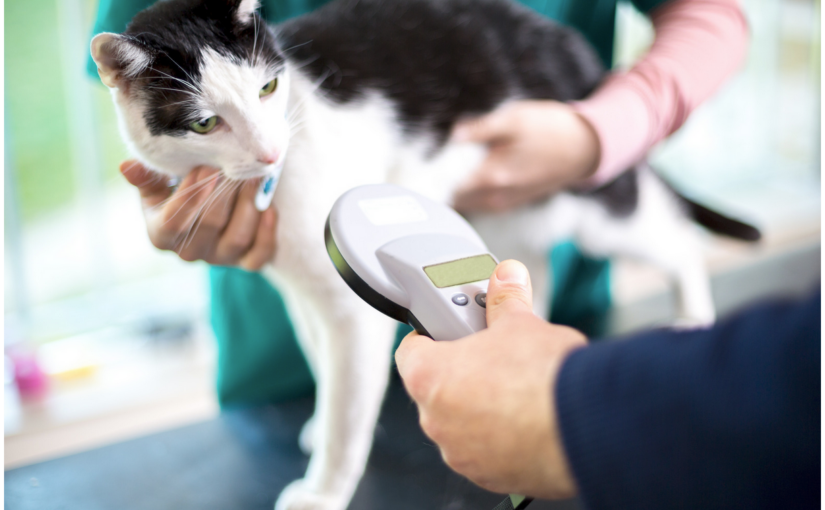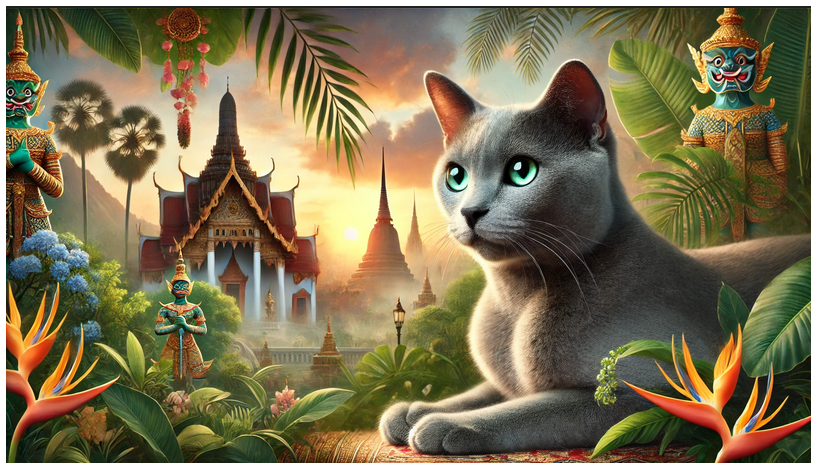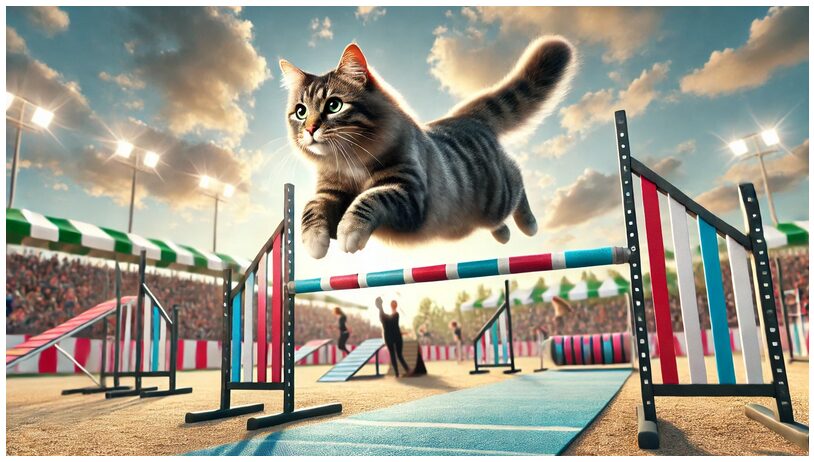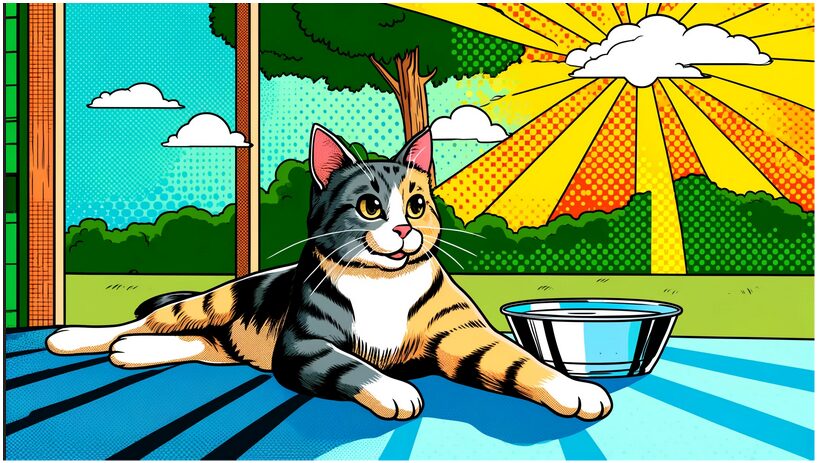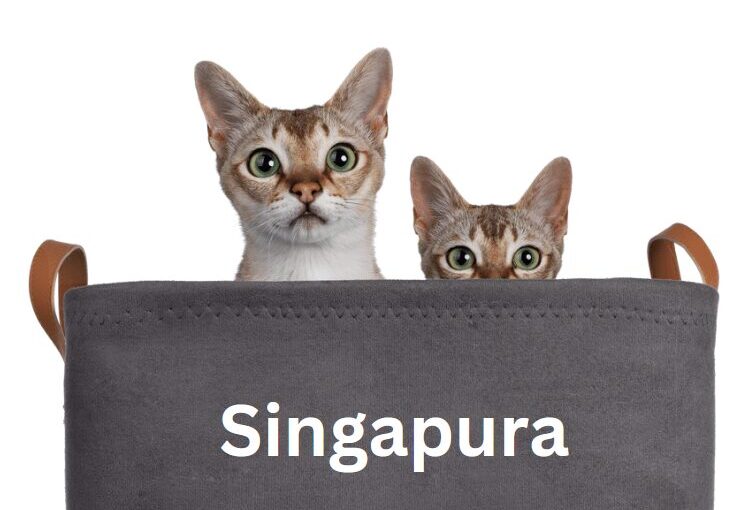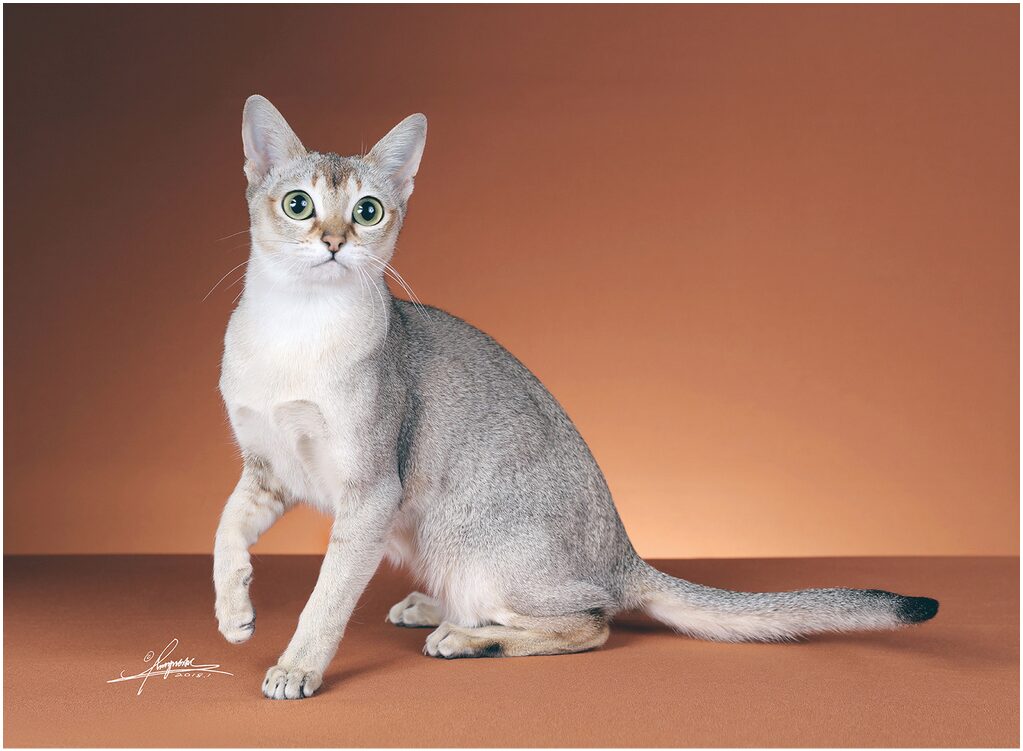As the summer sun blazes and temperatures soar, pet owners often seek ways to keep their feline companions cool and comfortable. One question that frequently arises is whether to shave a cat during the hot months. While the idea might seem like a logical solution to beat the heat, it’s essential to weigh the pros and cons and understand the impact it could have on your cat’s health and well-being. In this post, we’ll explore the reasons for and against shaving cats in summer, provide tips on how to safely do it if necessary, and offer alternative ways to keep your cat cool.
The Natural Coat: Nature’s Design
Before diving into the debate over shaving cats, it’s important to understand a cat’s natural coat and its purpose. Cats are equipped with a coat that serves multiple functions:
- Temperature Regulation: A cat’s fur acts as insulation, helping them stay warm in the winter and cool in the summer. The layers of fur trap cool air close to the skin, providing a natural cooling system.
- Protection from the Sun: Fur protects a cat’s skin from harmful UV rays, reducing the risk of sunburn and skin cancer.
- Defense Against Insects: The coat acts as a barrier against pests like fleas, ticks, and other biting insects.
- Physical Protection: A cat’s fur offers a layer of protection against scrapes, scratches, and other minor injuries.
Given these benefits, it’s clear that a cat’s fur serves as more than just a fashion statement—it’s a crucial part of their physiology.
The Case Against Shaving Cats
- Risk of Sunburn and Skin Damage: Without their fur, cats are more susceptible to sunburn and skin damage. This is particularly concerning for light-colored or thin-coated cats, whose skin is more vulnerable to the sun’s rays.
- Disruption of Natural Cooling: Shaving a cat can disrupt its natural ability to regulate body temperature. Without fur, your cat might struggle to stay cool, as their coat helps trap cool air close to their body.
- Psychological Stress: Many cats find the grooming process stressful, and shaving can be particularly traumatic. The noise of clippers, the sensation of fur being cut, and the unfamiliar feeling of a shaved body can cause anxiety and discomfort.
- Regrowth Issues: In some cases, shaving can cause problems with fur regrowth. The coat might grow back unevenly, or, in some cases, not at all, particularly in older cats or those with certain health conditions.
- Increased Vulnerability to Pests: Without their protective coat, cats are more exposed to bites from insects like mosquitoes, which can carry diseases.
When Shaving Cats Might Be Necessary
While shaving is generally not recommended, there are specific situations where it might be necessary or beneficial:
- Severe Matting: In cases where a cat’s fur is severely matted and cannot be brushed out, shaving might be the only option to relieve discomfort.
- Medical Reasons: Certain medical conditions, such as skin infections or wounds, may require shaving to allow for proper treatment and healing.
- Extremely Long-Haired Cats: Some long-haired breeds, such as Persians, may benefit from a “lion cut” to reduce the risk of matting and make grooming more manageable during summer.
- Cats with Specific Health Conditions: Cats with certain health issues, such as obesity or arthritis, may struggle with grooming. In such cases, shaving might be considered to maintain hygiene.
If You Decide to Shave: Tips for a Safe Process
If you’ve determined that shaving is the best option for your cat, here are some tips to ensure the process is safe and as stress-free as possible:
- Consult a Professional: It’s always best to have a professional groomer or veterinarian perform the shave. They have the experience and tools to do it safely.
- Use the Right Equipment: If you decide to shave your cat at home, make sure to use clippers designed specifically for pets. Never use scissors, as they can easily cause injury.
- Leave Some Fur: Avoid shaving your cat completely bald. Leaving at least half an inch of fur will help protect their skin from sunburn and maintain some level of insulation.
- Monitor Skin Health: After shaving, keep an eye on your cat’s skin for any signs of irritation, redness, or sunburn. If you notice any issues, consult your vet.
- Keep Your Cat Indoors: After a shave, it’s best to keep your cat indoors, especially during peak sun hours, to protect their skin from UV damage.
Alternatives to Shaving Cats: Keeping Your Cat Cool Naturally
If you’re hesitant about shaving but still want to help your cat stay cool during summer, consider these alternatives:
- Provide Plenty of Water: Make sure your cat always has access to fresh, cool water. Adding ice cubes to their water bowl can help keep it cool for longer.
- Create a Cool Environment: Use fans, air conditioning, or cool mats to create a comfortable space for your cat. Placing their bed in a shaded, ventilated area can also help.
- Groom Regularly: Regular brushing helps remove loose fur and prevents matting, which can make your cat feel hotter. It also stimulates the skin and can be a bonding activity.
- Offer Cool Treats: Some cats enjoy licking ice cubes or frozen treats. These can help lower their body temperature and keep them hydrated.
- Limit Outdoor Time: If your cat goes outside, try to limit their time outdoors during the hottest parts of the day, and always provide a shady spot for them to retreat to.
You may also want to check out our related post, Essential Cat Heat Safety Tips
Conclusion: To Shave or Not to Shave?
Shaving cats for summer is a decision that should be made with careful consideration of the risks and benefits. For most cats, their natural coat is sufficient to keep them cool and protected, and alternative cooling methods can be just as effective. However, in certain situations—such as severe matting or specific medical needs—shaving might be the best option. Always consult with your veterinarian or a professional groomer before making the decision to shave, and if you do proceed, take steps to ensure your cat’s comfort and safety throughout the process.
By understanding the role of your cat’s coat and taking a measured approach, you can help your feline friend stay cool, comfortable, and happy all summer long.
Additional resources:
Cornell Feline Health Center, Feline Heat Safety

